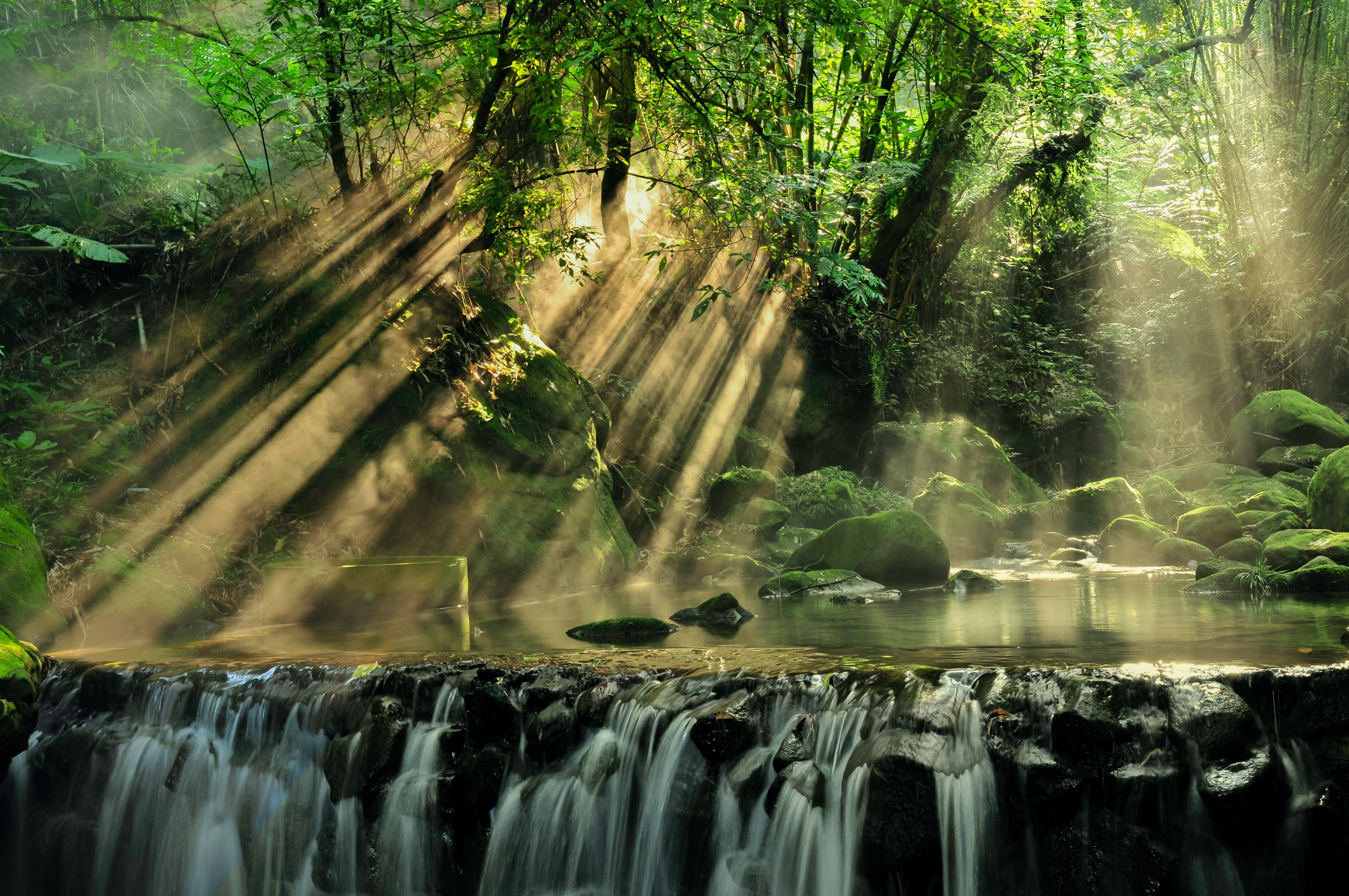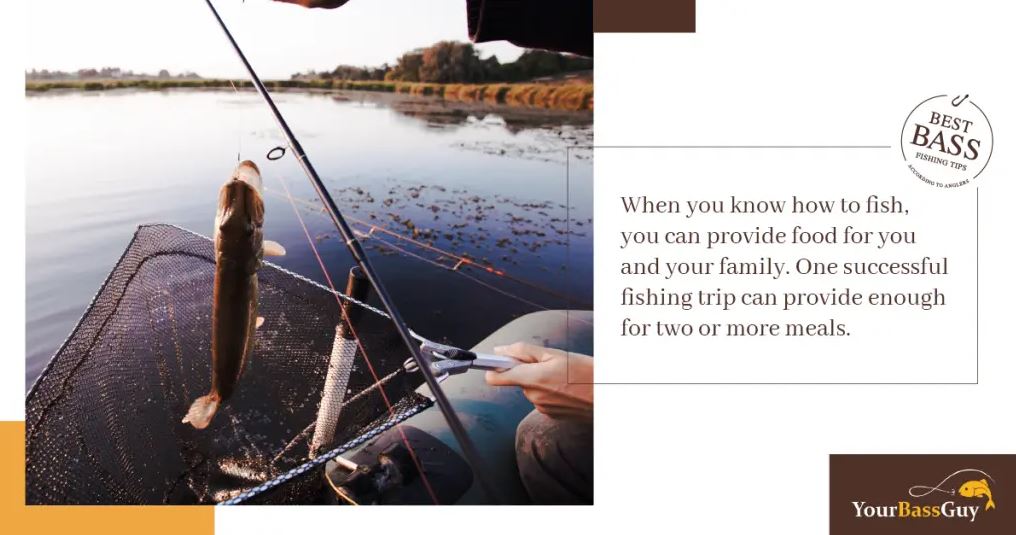
Safe drinking water from natural sources in the UK
There are many varying approaches to procuring potable water in the UK, from natural sources.
In main, this is due to the huge variation in landscape that we have here in the UK. From gentle rolling green hills, to mountainous terrain, to moors and beaches. Bear in mind, each particular environment may have supported specialised industries and populations.
With regards to drinking water – a degree or two of caution is always advisable. In rural areas for example, you may have to think about livestock populations introducing faecal matter and harmful chemicals/bacteria directly or indirectly into the water ways. Many viruses and bacteria that thrive on faeces or water polluted with faeces can cause serious illness.
Another danger of livestock/animal with regards to water sources is the presence of animal remains. A rotting, festering carcass can harbour lots of bacteria (e.g. botulism or cryptosporidium) and then release them into the water. Make sure the water source you are planning to drink from is free of rotting carcasses. Collect water from further upstream.
With regards to arable farming, which is generally of the intensive kind, vast amounts of chemicals, through irrigation, can be washed into the main water courses and sources. These vary from pesticides to phosphates and fertilisers. Although not immediately dangerous, these can lead to huge explosions in the populations of water borne plant matter such as algae and weeds, which in turn, can lead to massive stagnation and subsequently to a worsening of water quality/purity. Fast, running water will generally be the best choice for drinking water.
In more remote areas, the existence of mines should be taken into account and treated with respect. In areas such as Dartmoor, it has been observed that metal mines (e.g. tin, lead, mercury, etc.) can be a source of water contamination as these heavy metals leach directly into the water through physical contact and chemical action. These heavy metals are then able, over time, to accumulate within the body of water and can lead to a myriad of health problems if consumed. The ‘Blue Lagoon’ is a flooded quarry in the UK which is so alkaline that swimming in it would be akin to swimming in bleach! Obviously something you want to avoid drinking (or touching).
Any man made waterways such as canals, leats, ponds, lakes etc. should also be approached with caution. There may be unseen sources of contamination present.
The final danger to look out for, with regards to potable water, is naturally occurring water sources which contain a lot of natural chemical deposits such as salts or oxides. These normally occur in areas of high geothermal activity. Due to the extremely high chemical/mineral content the water will in effect, be poisonous to mammals and humans. A lack of vegetation, fish or animals may be an indicator of a poisonous water source.
Overall, if in doubt, try and find a better source. The best way to ensure your safety is to use a combination of filtration and sterilisation to purify your collected water, before consumption. For our full article on how to do this, please click on the link below.
10 Ways to Procure Safe Drinking Water


